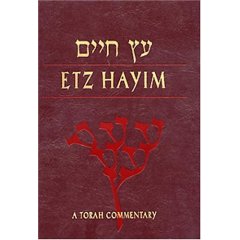Halakha, also transliterated as halacha, halakhah, and halocho, is the collective body of Jewish religious laws that are derived from the Written and Oral Torah. Halakha is based on biblical commandments (mitzvot), subsequent Talmudic and rabbinic laws, and the customs and traditions which were compiled in the many books such as the Shulchan Aruch. Halakha is often translated as "Jewish law", although a more literal translation might be "the way to behave" or "the way of walking". The word is derived from the root which means "to behave". Halakha not only guides religious practices and beliefs; it also guides numerous aspects of day-to-day life.

The Torah is the compilation of the first five books of the Hebrew Bible, namely the books of Genesis, Exodus, Leviticus, Numbers and Deuteronomy. In Christianity, the Torah is also known as the Pentateuch or the Five Books of Moses. In Rabbinical Jewish tradition it is also known as the Written Torah. If meant for liturgic purposes, it takes the form of a Torah scroll. If in bound book form, it is called Chumash, and is usually printed with the rabbinic commentaries.

The Talmud is, after the Hebrew Bible, the central text of Rabbinic Judaism and the primary source of Jewish religious law (halakha) and Jewish theology. Until the advent of modernity, in nearly all Jewish communities, the Talmud was the centerpiece of Jewish cultural life and was foundational to "all Jewish thought and aspirations", serving also as "the guide for the daily life" of Jews.

Rabbinic literature, in its broadest sense, is the entire spectrum of works authored by rabbis throughout Jewish history. The term typically refers to literature from the Talmudic era, as opposed to medieval and modern rabbinic writings. It aligns with the Hebrew term Sifrut Chazal, which translates to “literature [of our] sages” and generally pertains only to the sages (Chazal) from the Talmudic period. This more specific sense of "Rabbinic literature"—referring to the Talmud, Midrashim, and related writings, but hardly ever to later texts—is how the term is generally intended when used in contemporary academic writing. The terms mefareshim and parshanim almost always refer to later, post-Talmudic writers of rabbinic glosses on Biblical and Talmudic texts.
ArtScroll is an imprint of translations, books and commentaries from an Orthodox Jewish perspective published by Mesorah Publications, Ltd., a publishing company based in Rahway, New Jersey. Rabbi Nosson Scherman is the general editor.
Julius Edwin Harlow was an American Conservative rabbi and liturgist.

The Leningrad Codex is the oldest known complete manuscript of the Hebrew Bible in Hebrew, using the Masoretic Text and Tiberian vocalization. According to its colophon, it was made in Cairo in AD 1008.

Aggadah is the non-legalistic exegesis which appears in the classical rabbinic literature of Judaism, particularly the Talmud and Midrash. In general, Aggadah is a compendium of rabbinic texts that incorporates folklore, historical anecdotes, moral exhortations, and practical advice in various spheres, from business to medicine.

Chumash is a Torah in printed in book bound form as opposed to a Torah scroll.
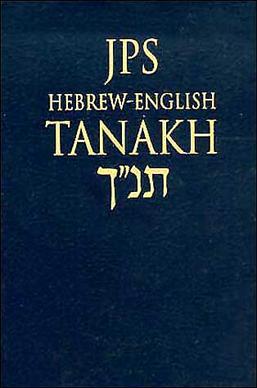
The New Jewish Publication Society of America Tanakh (NJPS), first published in complete form in 1985, is a modern Jewish 'written from scratch' translation of the Masoretic Text of the Hebrew Bible into English. It is based on revised editions of earlier publications of subdivisions of the Tanakh such as the Torah and Five Megillot which were originally published from 1969 to 1982. It is unrelated to the original JPS Tanakh translation, which was based on the Revised Version and American Standard Version but emended to more strictly follow the Masoretic Text, beyond both translations being published by the Jewish Publication Society of America.

The Jewish Publication Society (JPS), originally known as the Jewish Publication Society of America, is the oldest nonprofit, nondenominational publisher of Jewish works in English. Founded in Philadelphia in 1888, by Reform Rabbi Joseph Krauskopf among others, JPS is especially well known for its English translation of the Hebrew Bible, the JPS Tanakh.
Hebrew Bible English translations are English translations of the Hebrew Bible (Tanakh) according to the Masoretic Text, in the traditional division and order of Torah, Nevi'im, and Ketuvim. Most Jewish translations appear in bilingual editions (Hebrew–English).
Pardes is a Kabbalistic theory of Biblical exegesis first advanced by Moses de León, adapting the popular "fourfold" method of medieval Christianity. The term, sometimes also rendered PaRDeS, means "orchard" when taken literally, but is used in this context as a Hebrew acronym formed from the initials of the following four approaches:
Soncino Press is a Jewish publishing company based in the United Kingdom that has published a variety of books of Jewish interest, most notably English translations and commentaries to the Talmud and Hebrew Bible. The Soncino Hebrew Bible and Talmud translations and commentaries were widely used in both Orthodox and Conservative synagogues until the advent of other translations beginning in the 1990s.
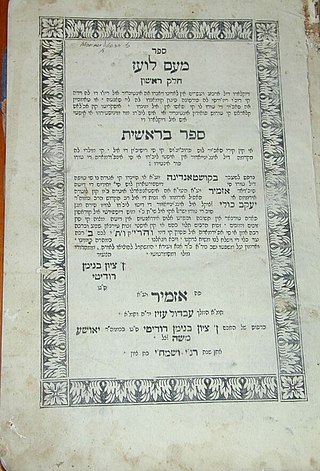
Me'am Lo'ez, initiated by Rabbi Yaakov Culi in 1730, is a widely studied commentary on the Tanakh written in Judaeo-Spanish. It is perhaps the best known publication in that language.
Jewish commentaries on the Bible are biblical commentaries of the Hebrew Bible from a Jewish perspective. Translations into Aramaic and English, and some universally accepted Jewish commentaries with notes on their method of approach and also some modern translations into English with notes are listed.
Etz Hayim, also transliterated as Eitz Chaim, is a common term used in Judaism. The expression can be found in Genesis 2:9, referring to the Tree of Life in the Garden of Eden. It is also found in the Book of Proverbs, where it is figuratively applied to "the Torah" Proverbs 3:18, "the fruit of a righteous man" Proverbs 11:30, "a desire fulfilled" Proverbs 13:12, and "healing tongue" Proverbs 15:4.
The primary texts of Kabbalah were allegedly once part of an ongoing oral tradition. The written texts are obscure and difficult for readers who are unfamiliar with Jewish spirituality which assumes extensive knowledge of the Tanakh, Midrash and halakha.
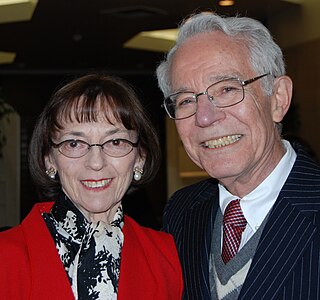
David L. Lieber (1925-2008), rabbi and scholar, was president emeritus of the University of Judaism and the senior editor of the Etz Hayim Humash. He helped pioneer the Ramah camps, serving as the founding head counselor in the first of the camps in Wisconsin, a director in Maine, the founding director of Camp Ramah in California, and the founding director of the Mador.
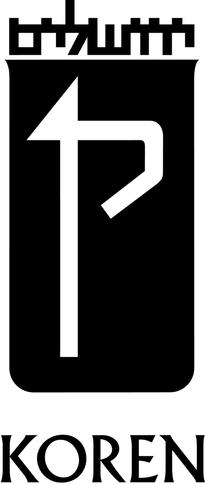
Koren Publishers Jerusalem is an Israeli publisher of Jewish religious texts. It was established in 1961 by Eliyahu Koren, with the aim of publishing the first Hebrew Bible designed, edited, printed, and bound by Jews in nearly 500 years. It produced The Koren Bible in 1962, The Koren Siddur in 1981, and the Koren Sacks Siddur in 2009, in addition to numerous editions of these books and other religious texts in Hebrew, English, and other languages.
